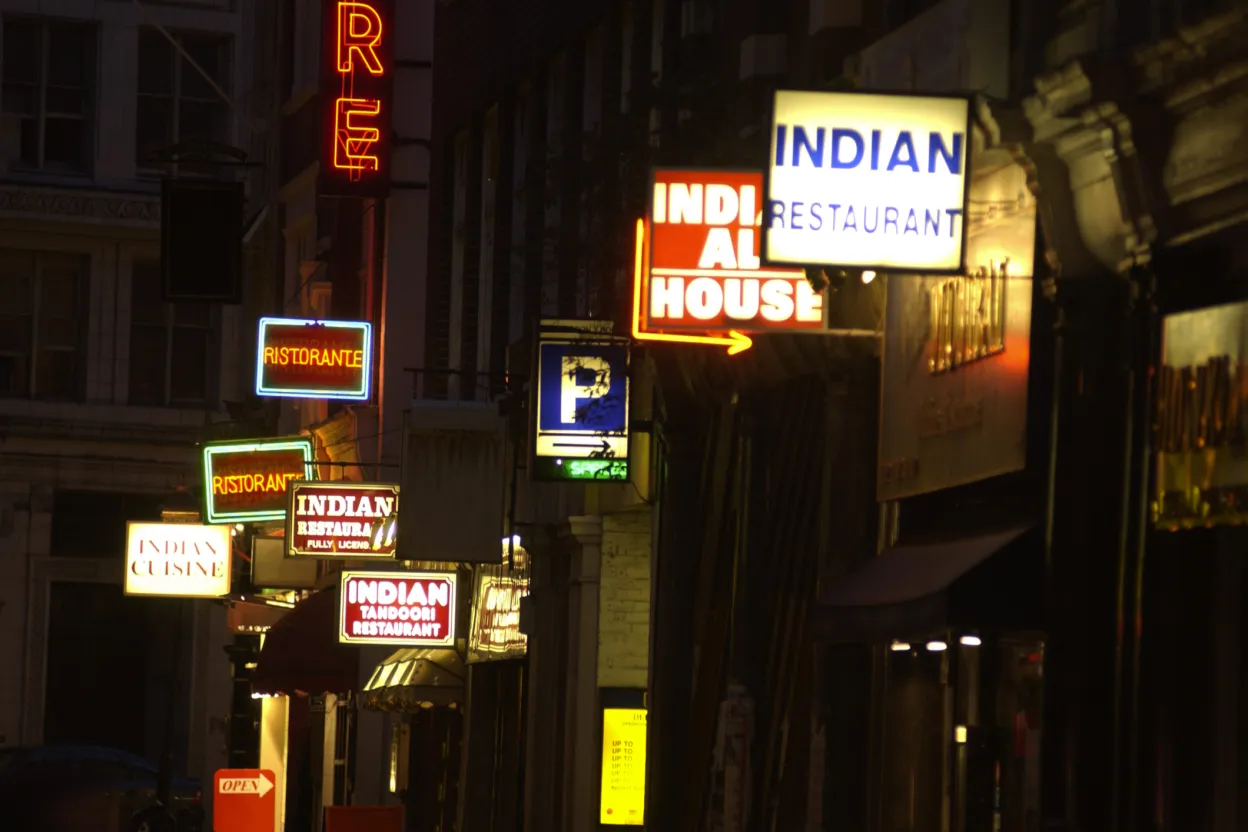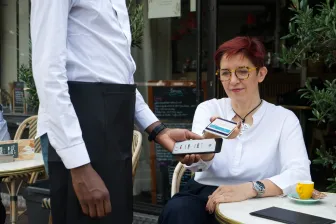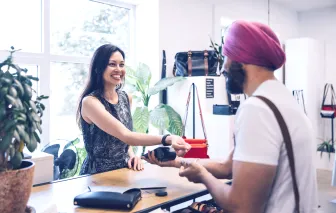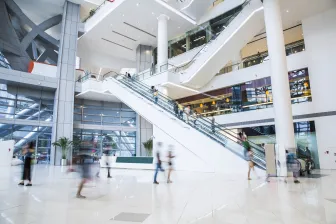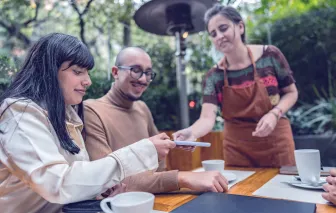A few months ago, I was walking past my local curry house when I saw that their neon sign was on the blink. It made me smile: now that, I thought, is some serious targeted marketing. Not only do they recognise that my name is Ian, but also that it’s late so I’m probably hungry... and they have created a whole new cuisine just for me! If only all small merchants had marketing that was as focused as that.
But what would life really be like if they did?
Imagine walking down the high street or through the mall and having every store call out to you – “Hey Ian, how about some donuts?”; “Ian, my friend! You really ought to buy some new shoes – does your mother know you’ve gone out looking like that?”; “Ian! Over here! We’ve got a great deal on blister plasters today – I bet your feet hurt in those awful shoes”. By the time you got to the far end you’d be exhausted – and annoyed.
There’s a real problem with targeted marketing – the tools can be brilliant but if they’re not used well, then very soon everything becomes noise, and nothing gets through. And that’s a killer because you may be the best marketeer since Ronald McDonald, but if everyone else is using a splatter gun for their targeting your voice will get lost in the, well, splatter. Probably like you, every week or two, I check my email spam filter and in the long, long list, there are always a few well-crafted messages in there. Sometimes, I think that they’ve done a brilliant job – just before I delete them unread.
Is there a way to make target marketing that really cuts through and that doesn’t bug the consumer even if they are as grumpy as me? I think it comes down to 4 things:
- Is it relevant right now?
- Is it adding value to my life at the right time?
- Is there too much other noise?
- How easy is the call to action?
So, when’s a great time to catch a consumer at the right moment?
In hospitality, it’s relatively simple – the best time is probably whilst they are making a decision about what to eat or drink. How often have you been sold on “The Special?” The Special is a great approach. It’s a one off, so there is a sense of urgency about choosing it. It’s well described just at the time when you’re trying to make a choice and, let’s face it, you’re hungry. Now, in a fancy restaurant, you can rely on well trained staff to paint a glowing word picture of The Special but what about in more everyday places? Here, technology can help, equipping the waiting staff with a simple script and – whilst they are there, a Q&A on all the other dishes too. Does it contain nuts? Is the fish farmed? How well cooked is the beef…? A small, connected handheld device with a clear screen and some simple applications would be perfect, right?
In retail, it’s more complicated – you have to pick a magical moment when the customer is ready to interact. So, here’s a thought: how about the time they are paying? After all, they are clearly satisfied that they’ve got at least some of the things they want, and they are already interacting anyway. Plus, you know what they’ve just bought so, it seems like a good time to work out what’s relevant to them. Imagine a payment device that is also an open platform running a marketing application. And how about an e-receipt instead of a bit of paper that you will almost certainly lose anyway? It’s convenient, more secure and it’s got a much better environmental footprint too. Certainly madam, just enter your email address here…
In our everyday life, the ubiquitous computing device is clearly the mobile phone. But in a store and a restaurant, the one device that’s always there when you’re engaging customers is the payment terminal. They’re everywhere, they’re super-robust and they are always connected. There are almost 100 million payment terminals in circulation today (and a little over a third of them are Ingenico branded) – that’s 100 million places where customers are interacting with sellers whether taking orders or taking payment.
In the meantime, it’s no surprise that payment terminals are starting to standardise on Android – in the end, standards come to all technology platforms. Suddenly, it’s practical to build out customer interaction tools that fulfil the goals of relevance, added value, timeliness and easy calls to action.
All this lays down a challenge for makers of devices - including us. More and more, the value comes from an ecosystem far wider than our own, brilliant R&D department. An App Store is a good start, but it’s not enough. To really make the environment sing, the entire ecosystem has to work together seamlessly – acquirers, different payment types (not just cards) and different applications that can interact, ideally through workflow, not heavy coding so every player can bring their own fabulous consumer and merchant experiences.
In April, we announced Payment Platform as a Service (PPaaS) to solve for this. PPaaS recognises that the future is not about us, or any other one company. It is about creating a place for the ecosystem to thrive and grow. We launch in a few weeks’ time, but in the meantime, you can take a look at this: www.ppaas.com

Meanwhile, does anyone fancy a curry?
